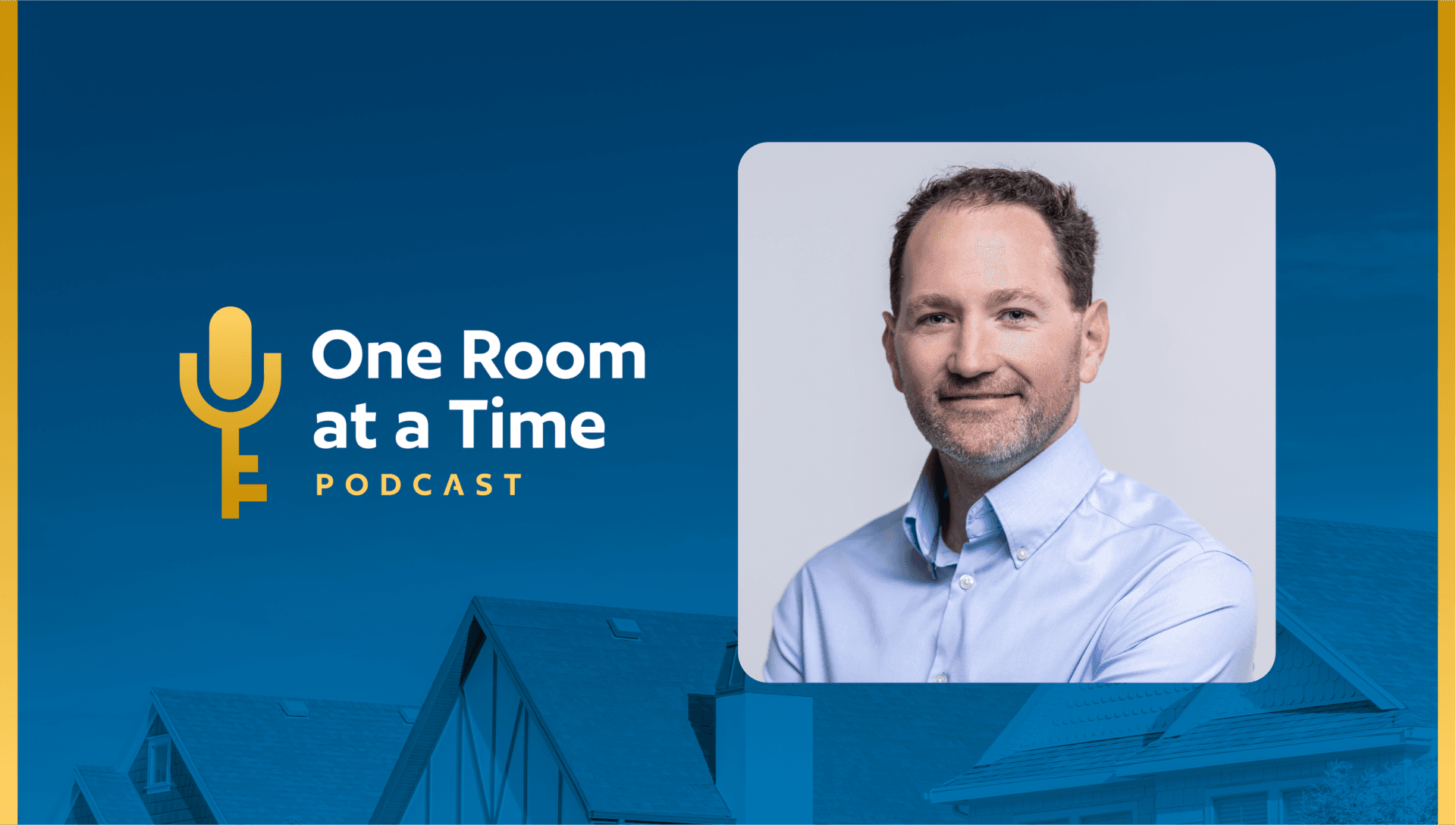When you talk to Eric Kronberg, it’s hard not to feel both frustrated and hopeful at the same time. Frustrated, because he knows exactly how broken America’s housing system is. Hopeful, because he’s spent his career helping communities see that the solutions aren’t mysterious—they’re mathematical.
In Part 2 of our One Room at a Time conversation, PadSplit CEO Atticus LeBlanc sits down again with the “Zoning Whisperer” himself to unpack the math, policy, and politics behind housing reform—and how ordinary people can help rebuild a system that works for everyone.
Zoning by guesswork
For years, Kronberg has worked with the Incremental Development Alliance, a nonprofit teaching city officials, planners, and small developers how to read the real numbers behind zoning. One of his favorite exercises pairs a simple site plan with a basic pro forma—revealing how a few lines of zoning code can make or break a project.
“So few people writing zoning ordinances understand development math,” he says. “They’re guessing. Educated guessing, but still guessing. The result is poorly calibrated codes that make it almost impossible to build the small-scale housing we actually need.”
Those “missing middle” homes—duplexes, triplexes, quadplexes—often fall through the cracks because regulations were designed for either single-family homes or large apartment complexes. “If you can’t get the math to work on a quadplex, your code is telling you why the neighborhood isn’t adding new homes,” Kronberg notes.
Reframing the conversation
To fix housing, Kronberg believes we need to fix how we talk about it. That starts with removing what he jokingly calls the “Darth Vader developer” stigma. “When you show up with groups like Habitat or a community land trust, you can drop the assumption that every developer is cashing in. You put the math on the table, and people see how the policies themselves are failing the community.”
It also means choosing words carefully. “We’ve stopped saying ‘workforce housing,’” he says. “That label can stigmatize people in affordable housing who are already working two jobs. We use ‘attainable’ instead—and start with real incomes for teachers, firefighters, the folks we depend on every day.”
And one simple question that Kronberg now likes to ask (borrowed from Atticus), can open eyes fast and strike some nerves: Do the people who serve your community deserve a chance to live there?
Raising the floor
As Kronberg sees it, housing policy has to scale up. “District-based council positions are the wrong level of decision-makers for regional problems,” he explains. “Housing demand is regional, not block by block. That’s why we’re seeing more meaningful action at the state level.”
He points to states like Montana, Texas, and Florida that are pushing bipartisan reforms. “If it’s only California or Oregon or other left-leaning states, others dismiss it. But when red states make it easier to build, it changes the conversation.”
The goal, he says, isn’t to strip local control—it’s to raise the floor:
“You can do what you want locally, but you can’t allow less than two homes per lot and an ADU. Set a baseline so every community at least allows normal, modest housing types.”
Examples that inspire
Some of the best models are coming from unexpected places. In Thomasville, GA, Kronberg’s team helped the city eliminate minimum lot sizes in traditional neighborhoods and allow up to four homes per lot. “That’s huge progress for a small city,” he says.
He also highlights Durham, NC, which legalized duplexes and ADUs on small lots and even allowed churches to build unlimited ADUs on their land—no hearings required. “That’s what leadership looks like,” Kronberg says. “Policies that make doing the right thing easier.”
Housing, hope, and showing Up
Kronberg doesn’t mince words about what’s at stake. “Our housing, transportation, and finance systems reinforce each other—and for many people, they simply don’t work. When people lose hope for owning a home, for building wealth, for family stability—you risk disengagement and, eventually, revolution. Housing is foundational. If we don’t fix it, the system breaks.”
His advice to anyone who cares about attainable housing is refreshingly simple: show up.
“One councilmember told me, ‘I know the right thing to vote for, but there are 50 angry people yelling the wrong way and nobody speaking for the right one.’ Be that person. Ask your officials, ‘What are you doing to expand attainable housing here?’ That question matters.”
🎧 Listen to the full conversation with Eric Kronberg on the One Room at a Time podcast: padsplit.com/podcast


